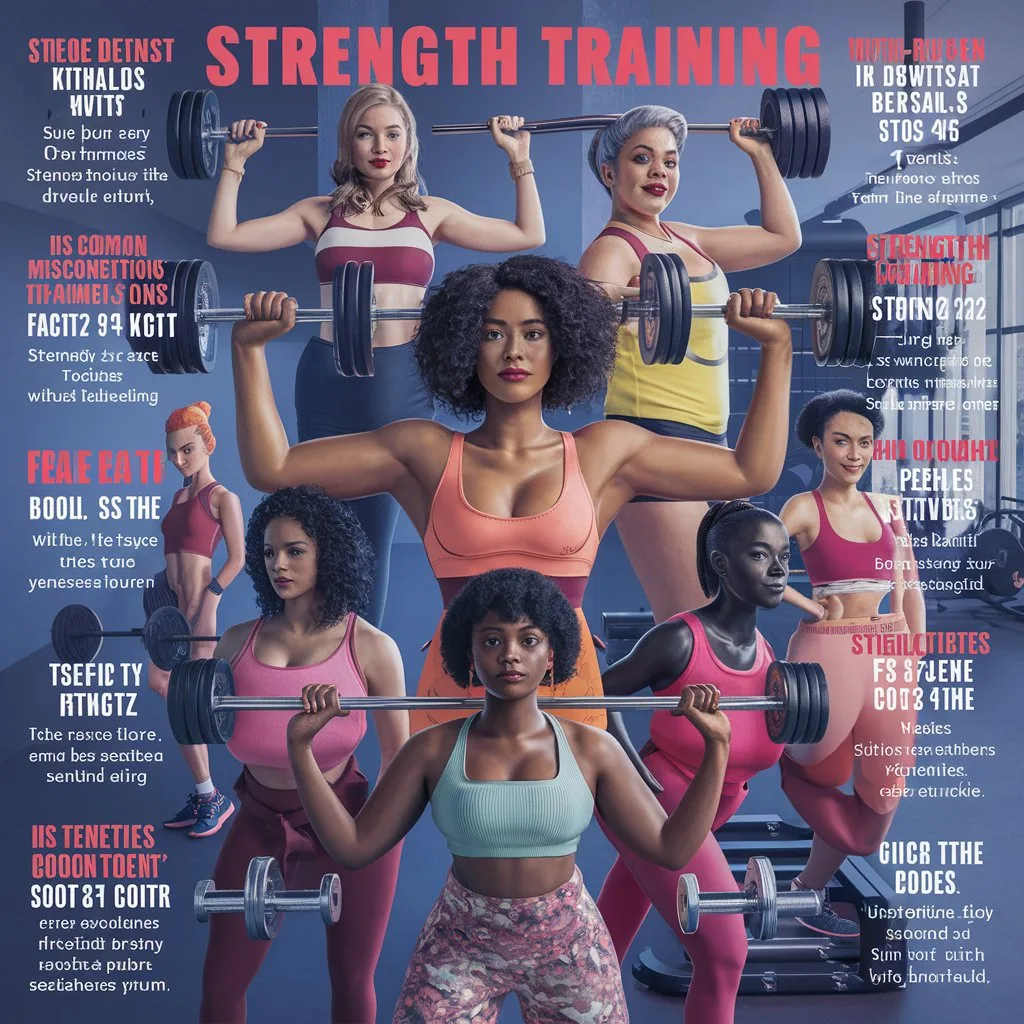Understanding the Importance of a Balanced Workout
A balanced workout routine is essential for women’s fitness, offering a multifaceted approach to health and well-being. Integrating various types of exercises such as strength training, cardiovascular activities, flexibility, and balance exercises ensures comprehensive fitness benefits. Each exercise type contributes uniquely to overall health, making it crucial to include them all in a well-rounded regimen.
Strength training is fundamental for building muscle mass and bone density, which is particularly important for women due to their higher risk of osteoporosis. Regular strength training can also enhance metabolism, helping to manage weight more effectively. Cardio exercises, such as running or cycling, are indispensable for improving cardiovascular health, boosting endurance, and aiding in fat loss. Together, strength and cardio exercises help in sculpting a well-toned body and maintaining a healthy heart.
Flexibility exercises, including yoga and stretching routines, are vital for maintaining the range of motion in the joints and preventing stiffness. These activities also aid in muscle recovery, reducing the risk of injury. Balance exercises, like Pilates or certain yoga poses, further enhance core strength and stability, which is particularly beneficial as women age and face changes in muscle composition.
Incorporating a variety of exercises not only prevents workout monotony but also addresses the physiological differences in women. Hormonal influences, such as those from estrogen and progesterone, can affect muscle growth, fat distribution, and energy levels. A balanced workout routine can help mitigate these effects by promoting hormonal balance and supporting overall health.
Long-term advantages of a balanced workout routine include improved metabolism, which aids in better weight management, enhanced mood through the release of endorphins, and better overall body composition. By embracing a diverse exercise regimen, women can achieve holistic fitness, ensuring that all aspects of their health are adequately addressed.

Designing an Effective Gym Routine for Women
Creating a balanced and effective gym routine is paramount for optimizing women’s fitness. The foundation of any successful workout plan begins with setting realistic and achievable fitness goals. Whether aiming to enhance strength, improve cardiovascular health, or increase flexibility, it’s crucial to outline specific, measurable objectives. This clarity not only provides direction but also keeps motivation high.
A proper warm-up and cool-down routine are essential components of any gym session. Warm-ups should include dynamic stretches and light cardio to elevate the heart rate and prepare the muscles for more intense exercise. Similarly, cool-downs should incorporate static stretches to aid in muscle recovery and reduce the risk of injury.
A sample weekly workout plan should incorporate a balanced mix of strength training, cardio, and flexibility exercises. For instance:
Monday: Upper body strength training (focus on arms, chest, and back) followed by a 20-minute cardio session.
Tuesday: Lower body strength training (targeting legs and glutes) with a 15-minute cool-down of yoga or Pilates.
Wednesday: Cardio day (30-45 minutes of running, cycling, or swimming).
Thursday: Full-body strength training (incorporating compound movements like squats, deadlifts, and push-ups).
Friday: Flexibility and balance (an hour-long yoga or Pilates class).
Saturday: Active rest day (light activities like walking or gentle stretching).
Sunday: Rest day to allow the body to recover.
Progressing and modifying the routine over time is vital to maintain its effectiveness. Gradually increasing weights, varying exercises, and incorporating HIIT (High-Intensity Interval Training) can keep the workouts challenging and engaging. It’s also important to listen to one’s body to avoid overtraining and burnout.
Overcoming gym intimidation is a common concern. Starting with familiar equipment and gradually exploring new machines can build confidence. Seeking advice from trainers or joining group classes can provide additional support and motivation.
The right equipment is essential for an effective workout. Investing in quality shoes, comfortable workout clothes, and necessary accessories like resistance bands or a yoga mat can enhance performance and prevent injuries.
Nutrition and rest play crucial roles in supporting a balanced workout routine. A diet rich in proteins, healthy fats, and complex carbohydrates fuels the body, while adequate rest ensures muscle recovery and growth.
Lastly, motivational tips and success stories can inspire consistency. Tracking progress, celebrating small victories, and connecting with a supportive fitness community can make the journey enjoyable and sustainable.

